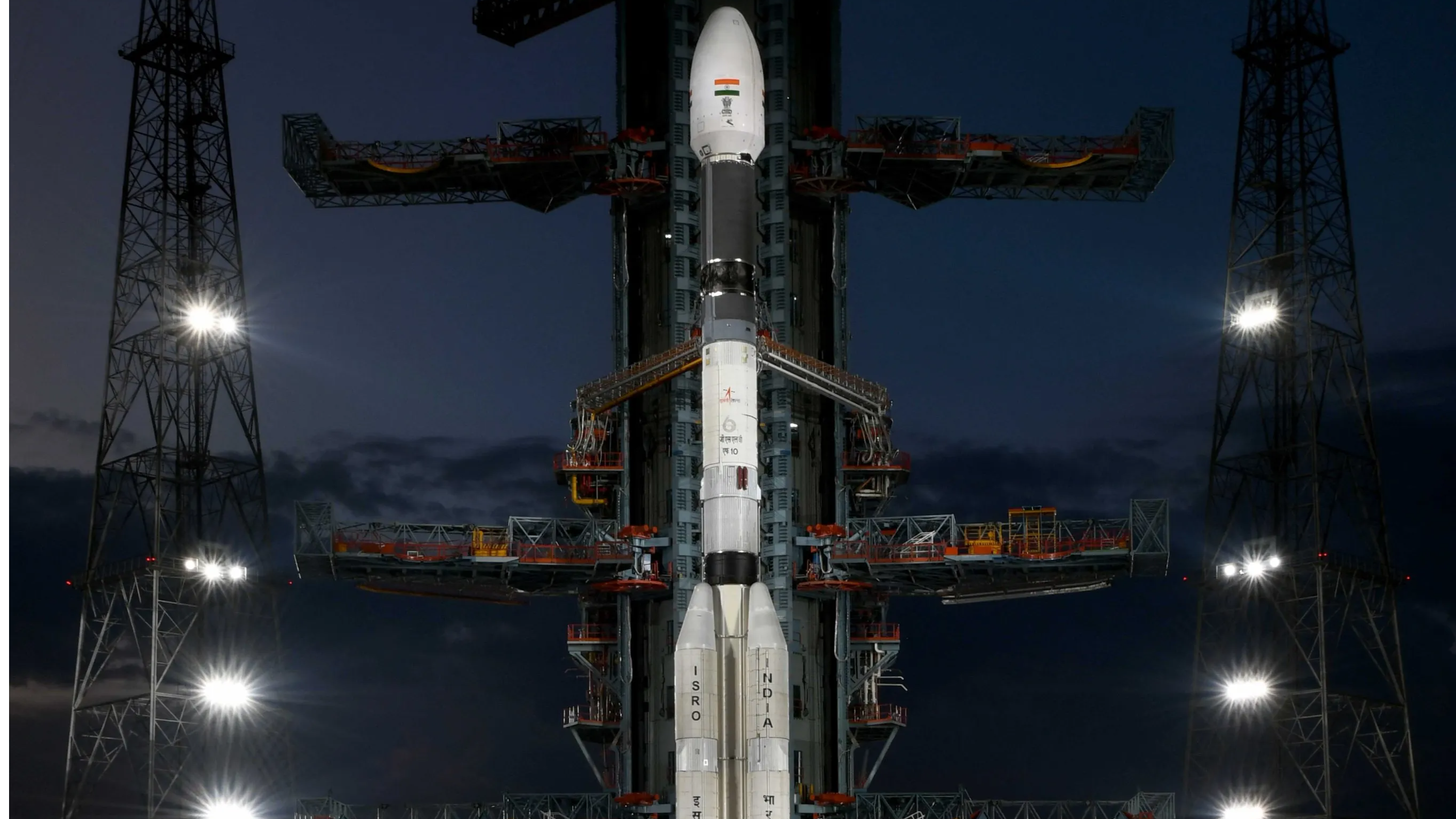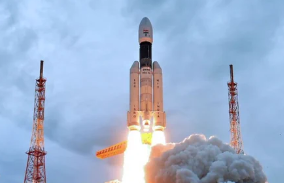ISRO’s earth observation satellite EOS-03 on-board GSLV-F10 blasted off from Sriharikota on Thursday morning.
The satellite was launched on a Geosynchronous Satellite Launch Vehicle (GSLV) from the Satish Dhawan Space Centre (SDSC) as a part of the GSLV-F10 EOS-03 mission, Hindustan Times reported.
Though the launch itself was successful, ISRO Chairman K Sivan said that the mission could not be a full success.
“Due to a technical anomaly observed in the cryogenic stage, Isro’s GSLV-F10/EOS-03 mission could not be fully accomplished,” Sivan said.
According to a report by Spaceflight Now, the GSLV launch on Thursday failed due to a “performance anomaly observed in the cryogenic stage.”
This is the first failure on an Indian space launch since 2017, ending a run of 14 consecutive successful missions, the report said.
Dubbed India’s ‘eye in the sky’, is a geo-imaging satellite, which according to Union Minister Jitendra Singh was supposed to conduct daily imaging of the country three to four times. Perched at the height of 36,000 km above the Earth’s surface in its geosynchronous orbit, it was expected to offer real-time imagery of different areas.
While it was initially scheduled to launch in March last year, it had encountered some technical issues along with COVID led restrictions, pushing the date of the launch to August this year. Earlier this year, ISRO had launched 18 small satellites. ISRO has stated that India now “has one of the largest constellations of remote sensing satellites” to observe the Earth.







